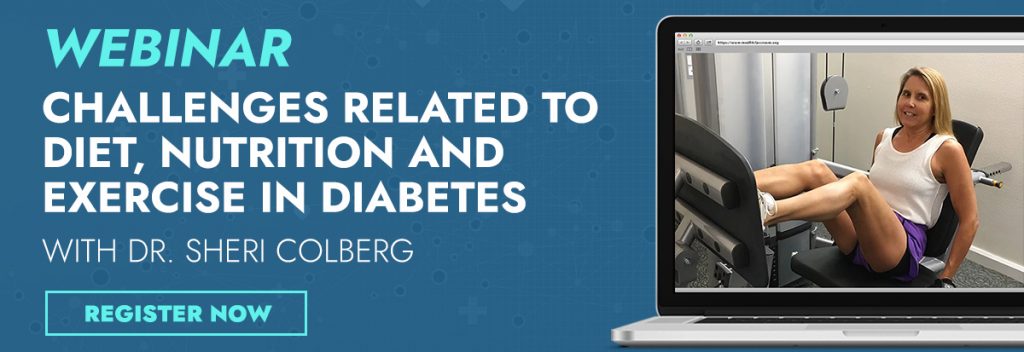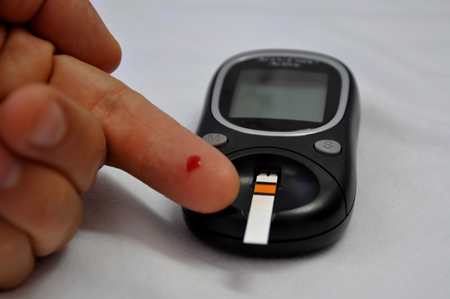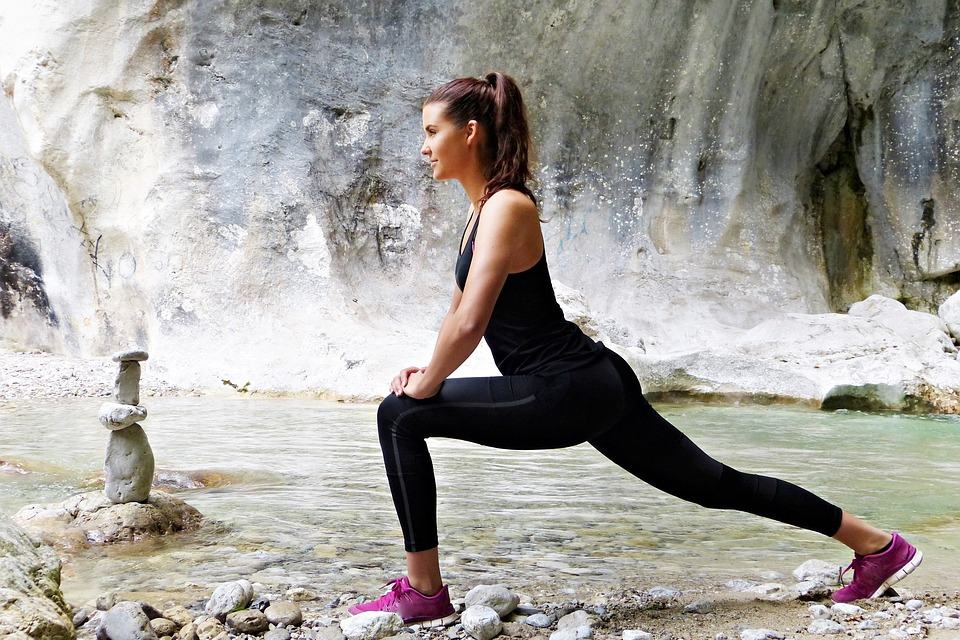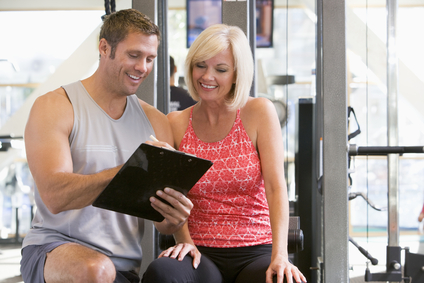Athletes, Injuries & Nutrition
Athletes get injured. It’s part of the deal. Be it a torn ACL, Achilles tendonitis, or a pulled muscle, the questions arise: What can I eat to recover faster? Would more vitamins be helpful? What about collagen supplements? At this year’s virtual Food and Nutrition Conference and Expo (FNCE) of the Academy of Nutrition and Dietetics (AND, the nation’s largest group of nutrition professionals), several presentations offered updates on nutrition for injuries.












 Diabetes, is left uncontrolled, can cause a whole host of health complications such as vision impairment and neuropathy. It is important to adhere to any instructions your doctor has given you to keep blood sugars controlled. Your physician may also educate you on exercise, diet and stress management to keep a balanced and healthy lifestyle.
Diabetes, is left uncontrolled, can cause a whole host of health complications such as vision impairment and neuropathy. It is important to adhere to any instructions your doctor has given you to keep blood sugars controlled. Your physician may also educate you on exercise, diet and stress management to keep a balanced and healthy lifestyle. When controlling stress, you need to find out what works for you personally. Some individuals like to take a walk in the park, others choose to practice meditation or use a combination of many techniques. When you start to try new practices remember that you may have to try each a few times. The body has to get used to approaches. A qualified stress management consultant can help you to create a stress management plan specifically for you.
When controlling stress, you need to find out what works for you personally. Some individuals like to take a walk in the park, others choose to practice meditation or use a combination of many techniques. When you start to try new practices remember that you may have to try each a few times. The body has to get used to approaches. A qualified stress management consultant can help you to create a stress management plan specifically for you.
